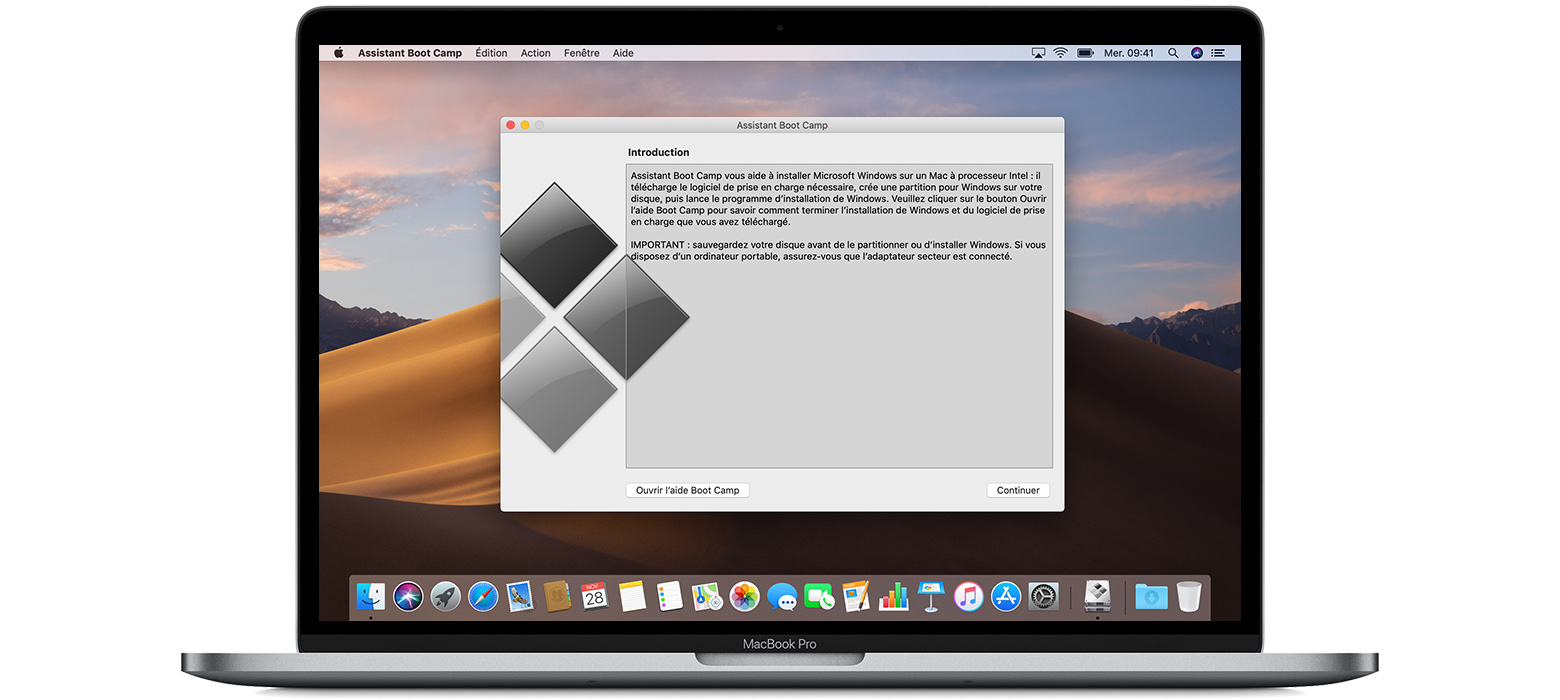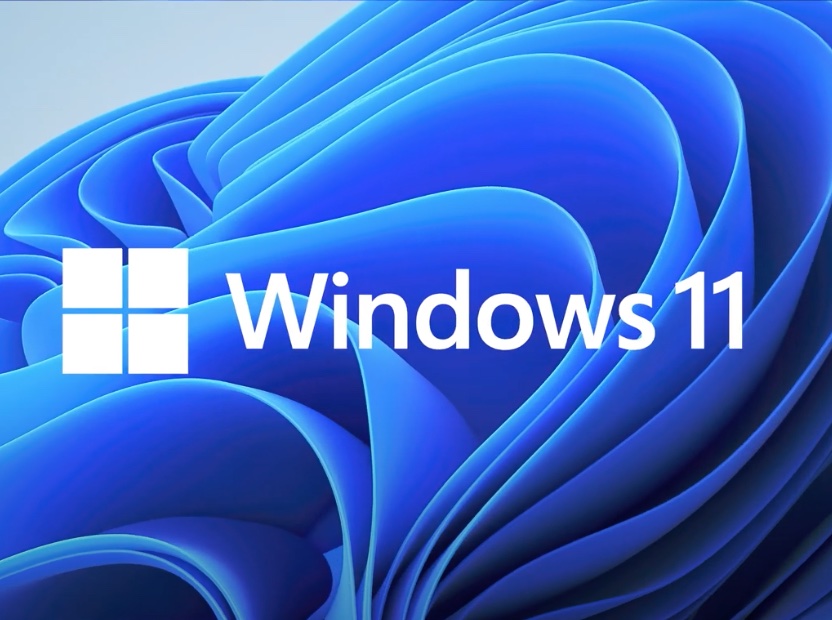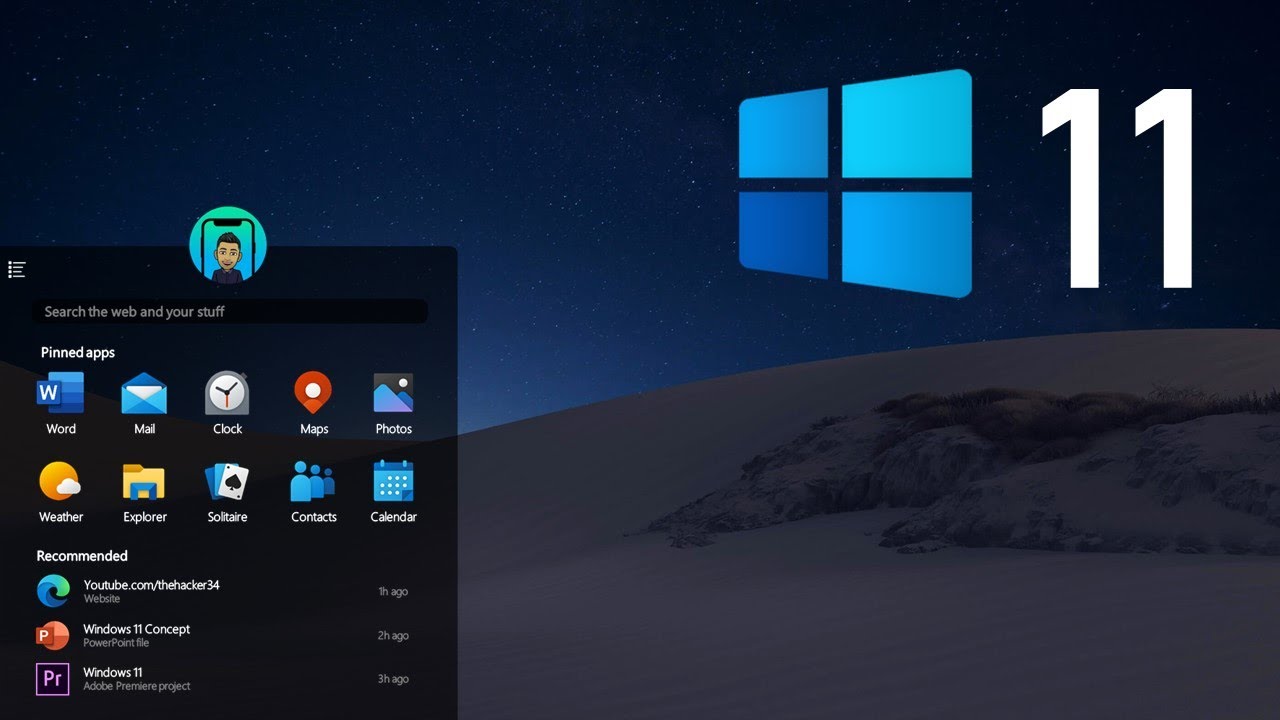Now it is possible to download the updated ISO images of the Windows 11 operating system with the help of the UUP Dump tool and Microsoft website. You can easily perform a fresh installation of Windows 11 without the need to update a copy of Windows 10 installed on a physical system. Microsoft has released Windows 11 media creation tool to create a bootable drive and an Installation Assistant to download the Windows 11 ISO 64-bit files. The UUP dump tool downloads all files from official Microsoft servers and generates a fully functional ISO package that can be used to install Windows 11 from scratch.
After downloading, put the contents of the archive in a folder, then run the uup_download_windows.cmd file. If all goes well after a good 30 minutes or so, you should find your .iso file in the previously created folder. You can then use the Rufus utility, balena Etcher or any other software to create a bootable USB drive and install the Windows 11 beta on your test machine. Actually installing Windows 11 is a very simple process. Once you have created installation media, you can simply launch the setup file in your flash drive, then click through the installing process. Once the installation process is finished, you'll be running Windows 11.
If you want to do it this way, it's pretty much the same as having an ISO file. Microsoft has also provided an option to create a bootable USB drive or DVD from its Windows 11 software page. The installation assistant will also ask you the primary reason behind using Windows on a virtual machine. Based on your answer, Mac will dedicate the resources to the virtual operating system you've just installed. Next, select the 'Customize settings before installation' and click Continue. Microsoft's Windows 11 operating system is available as an update for Windows 10 systems, provided that the system requirements are met.
An alternative to updating systems directly is to download an ISO image to burn it on a DVD, create installation media on USB devices, or install Windows 11 in a virtual environment. Download the ISO to create a bootable installation media , create a virtual machine, or simply mount the disk image to install Windows 11. In addition to the aforementioned ISO conversion method, you can also use the Windows 11 ARM64 preview virtual machine directly provided by Microsoft in one step. Specifically, what is downloaded is a virtual hard disk file, which can be used as a system disk by mounting it on a blank virtual machine. As we're using the official Windows Server Update files, this method should be legal. There is a more detailed report available ag win10.guru which explains, that most of the tool was developed by analyzing the network traffic of a Windows installation running updates.
It's also a good way to get the versions including the latest updates including the Insider builds. Of course there's still the official download page from Microsoft. First make sure you have a full backup of your data since will be installing on top of the existing data. You can download the Windows 10 media from the Windows 10 .iso download site and then set the computer to boot from the flash drive. Typically, I find this is often the hardest part of the process — finding the combination of keys that allows you into the bios to force the system to boot from the flash drive. After the installation completes, you will be prompted to restart your PC.
You are given the option to restart the machine immediately or wait for the 30-minute timer to end if you need time to save any open work. After your PC reboots, you can sign into Windows again. Once the final setup is complete, you are deposited at your new Windows 11 desktop. Simply visit the official Windows 11 download page and navigate to the Windows 11 Disk Image section. If you want to change the official language other than English, you can do it from the languages dropdown. After tweaking the settings, you can click the Confirm button.
Finally, press the 64-bit Download button to begin the installation process. Once you have the operating system image you need, open the Parallels app. For an M1 Mac, double click the VHDX file you just downloaded and follow the on-screen instructions in Parallels to install Windows 11. Some of the steps will be similar to the Intel installation process detailed below.
After the download, double-click the ISO file and then double-click the setup.exe file. Click Next at the initial install screen to check for and download any updates to Windows 11. At the Ready to Install screen, you will see that Windows 11 will be installed and personal files and apps will be kept by default. Click Next to have Windows 11 check for any updates, then accept the license terms. The Ready to install screen shows that Windows 11 will be installed and that your personal files and apps will be kept.
You can then elect to keep personal files and apps, personal files only, or nothing. The installation process will take a few more minutes. Once the installation is completed, the computer will boot and you will have a final version of Windows 11 on Mac with all the latest features and design upgrades from Microsoft. While you can get regular updates with the beta version of Windows 11, there will be unresolved bugs that can interfere with your experience as a user. By upgrading to a final version, you can enjoy all the features of Windows 11 without any glitches or inconvenience.
ISO images are a better option than using CDs and DVDs to install software. It is a more efficient way for users to install operating systems and saves manufacturing and shipping costs of discs for technology companies. To mount Windows 11 ISO on Mac, simply double-click on the Windows11.iso file you downloaded. First of all, you need to download and install the Parallels Desktop application on your Mac. In the trial version, you are free to use and test the software for 14 days. The version is completely unrestricted which means you have access to all its tools and features without spending a single dime for fourteen days.
We're assuming you've already downloaded the Parallels trial version so we're moving to the next step. The procedure of installing Windows 11 is pretty straightforward. You can just run the installation file on your flash drive and follow through the installation process once you've prepared the installation media.
After the installation is complete, you will be able to use Windows 11. Use this option to download the media creation program to create a bootable USB or DVD if you wish to reinstall or clean install Windows 11 on a new or used PC. To begin, you must first obtain a license to install Windows 11 or have a Windows 10 device that is eligible for an upgrade to Windows 11. There is also a method to grab the installation files and turn them into a disk image for manual installation.
It is the UUP dump site which allows such manipulation. To do this, it retrieves the necessary files directly from the Windows Update servers in order to create a disk image. All that remains is to move it to a bootable USB key. Windows 11 Release Date Microsoft plans to further merge the desktop and the modern user interface.
Simply put, Microsoft will allow modern UI applications to run from the desktop, in "window" mode, and attach to the "Start" menu instead of the start screen. Part of the work was started in Windows 8.1 and can be continued in subsequent updates to Windows 11. Note that this minimum configuration will only apply when Windows 11 is released and may change between now and then. In the meantime, the Insider program does not restrict the installation of Windows 11 on PCs that do not meet the criteria for TPM and processor list. Please note, Microsoft warns that it should not be possible to install the stable version of Windows 11 on PCs that do not meet the final criteria.
The firm indicates that in October, it will be necessary to reinstall Windows 10 on these PCs to continue to receive support. Installing Windows 11 itself is a very simple process. Once you've created the installation media, you can simply run the installation file on your flash drive and then walk through the installation process. Once the installation process is complete, you will start Windows 11. A Terminal window will now launch and show you the progress.
Here, the script will download Windows on ARM files directly from Microsoft's server and generate an ISO image. So yeah, maintain patience as the process will take some time. On my PC, it took close to 40 minutes to generate the image. Note that if the screen seems stuck at "ejecting device", don't worry, and let it complete the process. Users who already possess the version of Windows 10 on their devices can directly update the system to Windows 11. You can do this by visiting the official website of Microsoft and simply installing the update.
The users otherwise can follow the steps detailed below. Windows 11, the latest operating system from Microsoft comes with a new and updated design with a focus on consistency and optimization. There are many tools and features added to enhance the user experience. The updated user-interface elements and changes to the taskbar and Start Menu give added screen space for increased focus. There are a lot of personalization options that give users more control over their experience. Support for Android apps, window layout options, widgets, and multi-monitor functionality elevate the experience of using the Windows 11 operating system.
Then, download and install the free Microsoft Remote Desktop application . Here, find the configuration file ending with vmx, right-click on it, and select your usual plain text editor to open it (you can also use the built-in "text editor"). The two methods detailed above are free and can be done on Intel or M1 Macs. However, if you want to avoid Terminal and want a UI-based experience instead, you can use UUByte ISO Editor ($29.95, free trial available) to create a bootable disk.
Windows 11 Iso Download For Mac The app has broad support for different Mac models and macOS versions, and you can easily create a Windows 11 installer USB using it. As we've mentioned above, if you download an ISO file and you just want to upgrade to Windows 11, you can actually mount the ISO in Windows and run the setup file from there. Double-click the ISO file, run the setup file, and you're good to go.
However, if you want to perform a clean install or format your PC, you may need to create a bootable USB drive. You can do that using the ISO you've already downloaded. Once it's downloaded, double-click the ISO file and run thesetup file inside.If you want to create USB installation media, check the section below. After configuring the installation, close the window and click 'Continue'.
Now simply follow the on-screen steps and you'll reach the step where you will be asked to create user accounts and modify a few basic settings. Next, you'll be prompted to enter the Windows 11 License Code. You can enter the code right now or even skip it for later. You can also set the version of Windows 11 that you want to install right now.
After installing Parallels on your Mac, the next thing to do is to download Windows 11 from the official download page. On the official website, you'll come across the Disk Image for Windows 11. You can set up a virtual environment in Parallels, create an installation DVD or a USB drive through this ISO file. Parallels is a virtual machine program, which means it runs a separate operating system within a simulated computer on your Mac. Next, download and install Parallels Desktop if you don't already have it. At the end of the installation, the program tells you that you need an installation image with an ARM-based operating system.
Click the link for "How to download Windows 10 on ARM Insider Preview" for documentation and a video that explain the process. At the Create New screen, click the button for "Install Windows or another OS from a DVD or image file." Click Continue . I've recently tried UTM on my Apple Silicon MBP to test Windows 11. To install Windows 11, I needed a recent iso image. This blog post explains how to download the iso files for Windows 10 or 11. You can check and see if the Windows 11 upgrade is ready for your machine by navigating to your Windows Update settings page.
Hit the Start button and type "Settings", then hit Enter to get to the Settings app. From there, select Update & Security and then Windows Update, then click the Check for updates button. Windows Latest also describes another method this time using the ISO file. When it will be available, you will have to go to the installation folderand replace the appraiserres.dll filewith the same one, but this time from the Windows 10 ISO file. You will then have to create a disk image using software such as Rufus or Anyburn.
Step 5.Choose "USB flash drive" or "ISO file" to create the bootable installation media. You need a USB thumb drive, an SD card, or an SSD drive with 32GB or more storage. If you have external storage of 16GB space, the installation process will take more time. The external drive is only required to create the Windows on Raspberry image. Another option is to use Microsoft's Media Creation Tool, which is a program that lets you create installation media for the new OS.
At the Download Windows 11 page, click the Download now button under the Create Windows 11 Installation Media section. Choose Runafter the download to make sure your hardware is compatible. Then Accept and Install to agree to the licensing terms and begin the installation. When the program is finished installing, you'll be prompted to restart your computer. Your PC might restart several times during the process of finishing the installation, so don't be alarmed. 3) On the menu bar at the top of the window, click the New button.
This will open a second window where you can enter the name of your new virtual machine, the virtual machine's storage location, its type, and, finally, its version. This is like a virtual machine software that you can run on any Mac system to try out and explore any other operating system. The software however costs $9.99, but you can always make use of the trial version. You can download and install Parallel Desktop from here. On the other hand,if your daily work relies heavily on the Windows environment, then the paid but officially supported Parallels Desktop may be a better choice. On the one hand, the extra cost can get a simpler and smoother installation process, and can also get advanced features that improve the user experience, such as the integration mode .
In contrast, although the free official version of VMware is worth looking forward to, the official still hasn't given a letter on the timetable, so it is not worth waiting for. Up to now, the community has not found a way to completely avoid it. If you encounter a re-installation, you will generally not "win the lottery" continuously. From another perspective, UUP also provides channels for downloading special installation files for different hardware platforms. The approach will be to use the "old" Windows 10 installer and combine that with the Windows 11 installation files. The result of that will be written to a USB drive which then can be used to boot from and launch the installation.
That way there is no need for Bootcamp Assistant and you are free to choose how to partition your drive. After it restarts, Parallels Tools would likely need to be reinstalled. The process should start automatically without the need for you to do anything but wait for the installation to complete.
Once the Parallels Tools are reinstalled, your Windows 11 virtual machine should be ready for use. On the next Parallels screen, select Find Automatically and the program will search for the downloaded Windows 11 ISO file and use it to perform the creation of the Windows 11 VM. Once the app is installed, you'll need to install Windows 11 inside of it.


























No comments:
Post a Comment
Note: Only a member of this blog may post a comment.